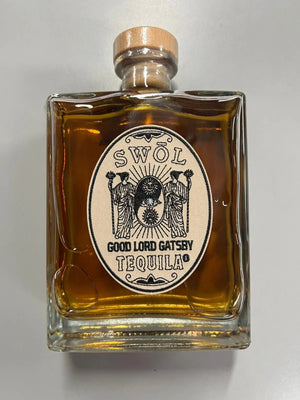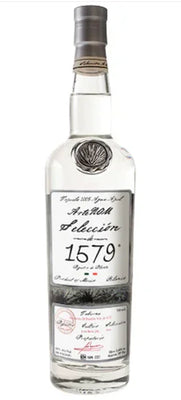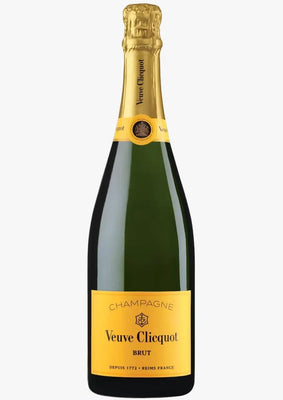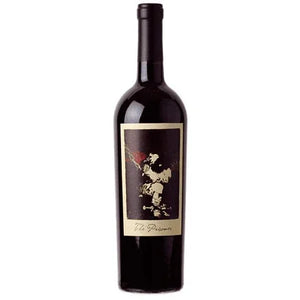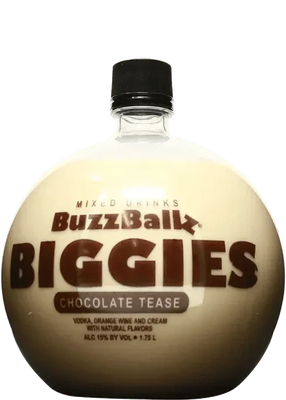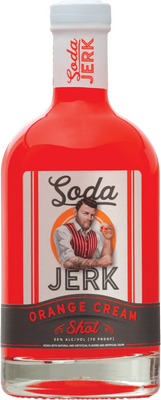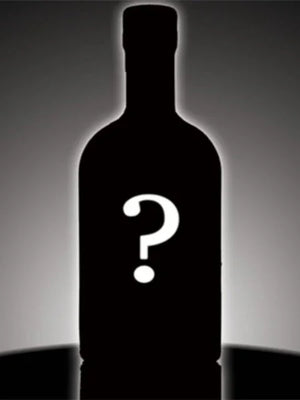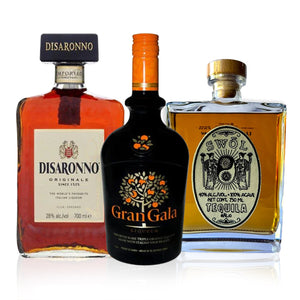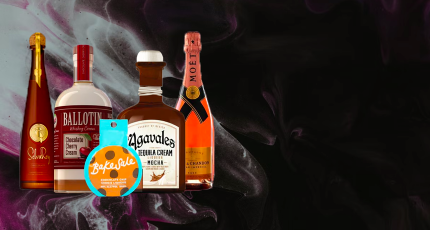Wine and food have been paired together since the drink was first made. Roughly estimated as originating in 6000BC, there are now a plethora of wines available. Since its invention, humans have continuously sought out the best pairings.
Wine has a greater chance of pairing with food than other alcohols. Being made from grapes, it is less of a distant flavor than distilled spirits. It possesses a minerality and flavor that accompanies the other foods we want to eat.
This is one of the great reasons to cook with wine. The flavor profile of the alcohol is designed to pair beautifully with other naturally grown foods. In this piece, we will articulate how to cook with wine, the best wine to cook with, and what pairings work best.
There are four main functions for wine to cook with. You can use it to deglaze, steam, macerate, and reduce. Each of these functions requires the wine to be added at a different time. We will also highlight the best wine to cook with in each instance. In most cases, it is important to ‘cook off the alcohol’. We will explain what this means later.
Choosing The Right Wine
The first rule of thumb is: never cook with a wine you would not drink. It is a common misconception that cooking wine will improve it. However, this is not the case. The flavor of the wine will actually intensify and be a stronger version of the wine you do not like.
A helpful approach to finding the best wine to cook with is to use young wines. A ‘young wine’ refers to bottles that have not been aged in barrels for long, along with not having spent long in the bottle.
Young wines often have quite intense fruit notes, are minimally rich, but have quite a bright palate. These are the sorts of characteristics that will enhance your food.
White Vs Red Wine
The choice of wine used often depends on the food being cooked. It is unusual, and perhaps inadvisable, to use red wines for fish, risotto, and cream-based dishes. White wines can be used in stews, tomato sauce, and meat-based dishes, but red wine is often the choice.
When looking for the right wine to cook with, we should look at what each variety brings to the table.
We should be looking for dry, crisp, white wines that are high in acidity. When cooked down, the drier wines lend their brightness, and flavor to a dish. When cooked down, fuller, more ‘buttery’ wines turn bitter and do not add anything nice to the dish.
With red wines, we should also be looking for a drier bottle. The zingy, red-fruit flavor of young red wines adds an almost spicy tang to a dish. Especially as red wine dishes are often cooked longer, we don’t want the deeper oaky notes to interfere with the flavor. Red wines like Merlot, Sangiovese, and Pinot Noir are ideal candidates here.
With red wines, we must be careful not to choose a varietal too high in tannins. Tannins often create a nice texture in the mouth when drinking red wine. However, when reduced, the tannins can become chalky and unpleasant to consume. These include Syrahs, Pinotage, and Montepulciano.
Choosing What Wine To Pair With Food
There are an infinite array of options here. Food and gastronomy are always innovating, redefining the rules, and deviating away from tradition. However, there are many safe bets and well-versed pairings that never disappoint between wine and food.
White wine tends to be the more versatile of the two. You can use it to deglaze the fond off of the bottom of a pan after searing fish, meat, or vegetables. It is incredibly common to use it in risotto, adding a bit of citrus fruit flavor to the starchy, salty dish. You can also use it wonderfully to oven braise chicken thighs in the oven.
Red wine is a classic in tomato-based sauces. Creating thick, rich ragu’s is a staple of Italian cooking. Stews like Bourginon, meat stews, jus’, and gravies. The deep berry fruit flavors elevate the deeper meat profiles, rounding out these dishes.
Where it gets a little interesting is when these two worlds collide. For example, you can often use white wine in tomato-based dishes. Things like Bouillabaisse, a French tomato and seafood dish, can use white wine in its preparation.
Furthermore, in some Bolognese recipes, chefs deglaze the meat with white wine before adding the aromatics. This creates a lighter end product. Especially if the method used includes milk for a creamier, saucier meal.
How To Use Wine To Cook
Deglazing: After you cook something, use the liquid to scrape up the bottom of the pan. There is so much flavor there and should be salvaged whenever possible. Use low tannin red and low sugar white wines.
Steaming: Adding wine to liquid, like stock or water, to cook something. For example cooking muscles. You can use something slightly sweeter here for white wine, such as a Sauvignon Blanc.
Macerating: Cooking something in wine to break it down. For example, making cranberry sauce. You should use something quite young here, such as a Pinot Noir or Pinot Gris. Reducing the liquid down will make it sweeter.
Reduce: Adding in wine, reducing it until it becomes a sweeter, syrupy consistency. Again, using dry and young wines works well here, there are plenty of sugars in them to create the desired flavor.


